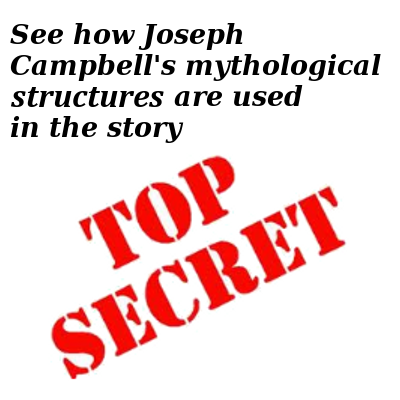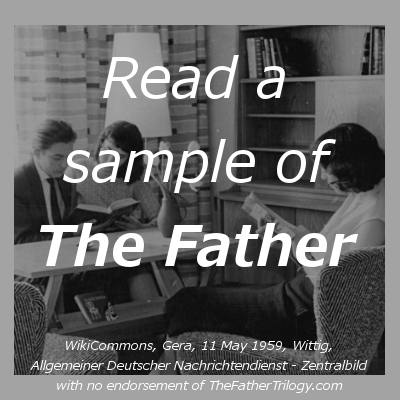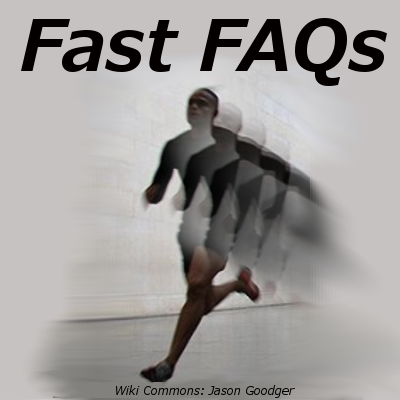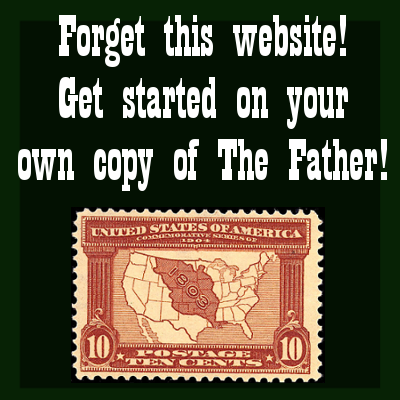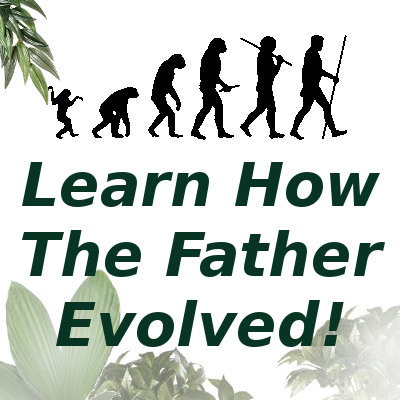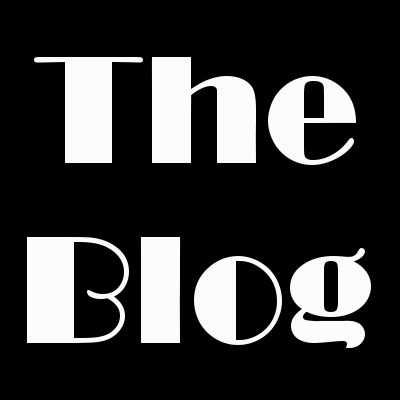
Not to be confused with plot, which is the framework of interrelated scenes arranged in an arousing sequence leading to a climax, themes are the central ideas of a work (book, script, movie, song). The central theme in The Father could be said to be the human condition and it’s transformation in modernity. The Father breaks this central idea in two, and narrows the scope expressed through two story questions, “What will become of America?” (the question of civilization; the external world) and, “Will You Survive?” (a question of the soul; the internal world). These parallel tracks are linked, with effects running back and forth (feedbacks). Both questions are expressed early in the text by Joseph Whitaker in his struggles to keep his family alive. Central to The Father, these themes are echoed in conflicts and events of the Whitaker family over four generations. This multi-generational path - with a series of smaller questions as subplots along the way - is the framework (plot) in which the larger questions (themes) are reflected and answered in the end.
To address these story questions The Father must dig into American history and current events, extrapolating the effects of both. This is mirrored in the structure of The Father with Part 1 representing the past, Part 2 as the present, and Part 3 as the future, up to the year 2057 (though boundaries of parts overlap). While the problem with history is so often there’s not enough information, the problem with current events is that there’s too much. To interpret and sort current events required investigation of multiple viewpoints on those issues addressed. Sources for those opposing views can be found on this site under References.
But how does The Father tackle a question like survival? Survival in what way? This question hints at supernatural implications. The Father uses a method similar to that employed in the film, The Field Of Dreams. In that film are scenes in which certain aspects of reality require suspended belief. In The Father, however, these motifs are accompanied by a rational option. The modern skeptical reader is given another more reasoned cause for these brief incidents in the character’s life. The insertion of these incidents are what Joseph Campbell called mythic motifs in the hero’s journey and are described in more detail here. All legend incorporates these tools to do what direct telling will not, in a way that fine art communicates more than a photograph or direct viewing can accomplish. While these treatments are brief in The Father they are also relatively rare, and most pronounced in the past (Part 1) and future (Part 3).
